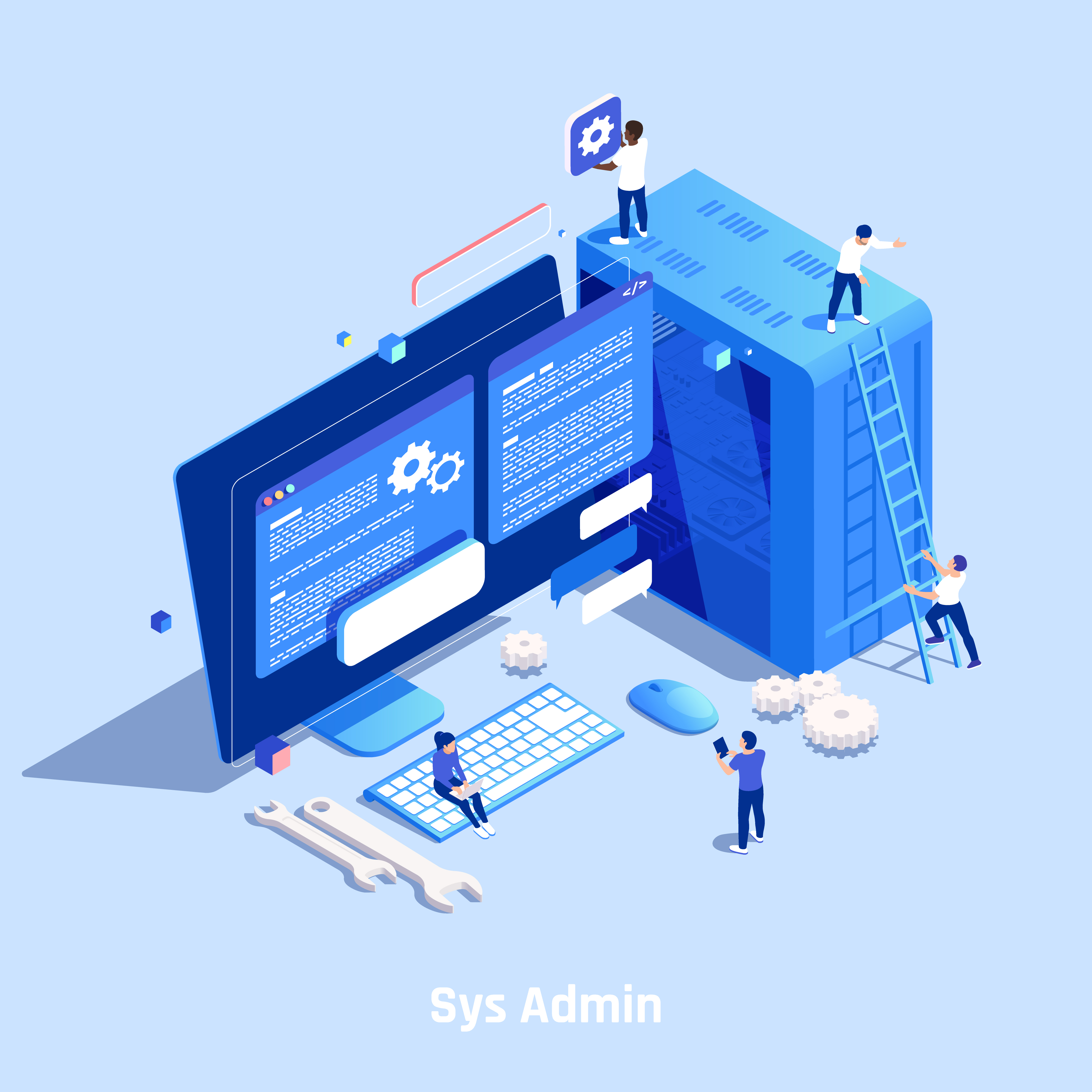Residential Proxies
Allowlisted 200M+ IPs from real ISP. Managed/obtained proxies via dashboard.

Proxies
Residential Proxies
Allowlisted 200M+ IPs from real ISP. Managed/obtained proxies via dashboard.
Residential (Socks5) Proxies
Over 200 million real IPs in 190+ locations,
Unlimited Residential Proxies
Use stable, fast, and furious 700K+ datacenter IPs worldwide.
Static Residential proxies
Long-lasting dedicated proxy, non-rotating residential proxy
Dedicated Datacenter Proxies
Use stable, fast, and furious 700K+ datacenter IPs worldwide.

Web Unblocker
View content as a real user with the help of ABC proxy's dynamic fingerprinting technology.
Proxies
API
Proxy list is generated through an API link and applied to compatible programs after whitelist IP authorization
User+Pass Auth
Create credential freely and use rotating proxies on any device or software without allowlisting IP
Proxy Manager
Manage all proxies using APM interface

Proxies
Residential Proxies
Allowlisted 200M+ IPs from real ISP. Managed/obtained proxies via dashboard.
Starts from
$0.77/ GB
Residential (Socks5) Proxies
Over 200 million real IPs in 190+ locations,
Starts from
$0.045/ IP
Unlimited Residential Proxies
Use stable, fast, and furious 700K+ datacenter IPs worldwide.
Starts from
$79/ Day
Rotating ISP Proxies
ABCProxy's Rotating ISP Proxies guarantee long session time.
Starts from
$0.77/ GB
Static Residential proxies
Long-lasting dedicated proxy, non-rotating residential proxy
Starts from
$5/MONTH
Dedicated Datacenter Proxies
Use stable, fast, and furious 700K+ datacenter IPs worldwide.
Starts from
$4.5/MONTH
Knowledge Base
English
繁體中文
Русский
Indonesia
Português
Español
بالعربية

Title: Understanding SSH Proxy Tunneling
SSH proxy tunneling is a powerful technique used to establish secure connections over the internet. In simple terms, it allows a user to create a secure tunnel through which network traffic can be directed. This tunnel encrypts the data passing through it, ensuring confidentiality and integrity.
To set up an SSH proxy tunnel, a user needs access to a remote server with SSH capabilities. By initiating an SSH connection to this server and configuring port forwarding, the user can redirect their local traffic through the secure tunnel. This is particularly useful when accessing resources on a remote network or bypassing firewalls and restrictions.
One common use case for SSH proxy tunneling is to access restricted websites or services from a different geographical location. By routing the traffic through the SSH tunnel to a server in another country, the user can mask their true location and access content that may be blocked in their current location.
Additionally, SSH proxy tunneling can enhance the security of connections to services like web servers or databases. By encrypting the traffic between the client and the server, sensitive information such as login credentials or financial data is protected from interception by malicious actors.
Dynamic port forwarding sets up a connection that will forward traffic to a remote server, irrespective of the destination port. Effectively it turns the SSH client into a SOCKS5 proxy server.
This is different to local and remote port forwarding primarily in the way that ports are handled.
In local and remote port forwarding, both the source port (on the client or local host) and the destination port (on the remote or target host) are specified. Forwarding is set up only for these specific ports, and the tunnel directs traffic from the source port to the destination port.
In contrast, no destination port is specified with dynamic port forwarding. Only a local port is specified, which acts as a listening socket for a SOCKS proxy server. Requests to all local ports are then channeled through this proxy to their destination.
protocol agnostic (can handle HTTP and many others)
TCP and UDP
DNS resolution (happens on the proxy server rather than the client).
SSH proxy tunneling is a versatile tool that can provide both security and flexibility in managing network connections. By understanding how it works and its various applications, users can take advantage of this technology to safeguard their data and access the internet more freely.
Featured Posts
Popular Products
Residential Proxies
Allowlisted 200M+ IPs from real ISP. Managed/obtained proxies via dashboard.
Residential (Socks5) Proxies
Over 200 million real IPs in 190+ locations,
Unlimited Residential Proxies
Use stable, fast, and furious 700K+ datacenter IPs worldwide.
Rotating ISP Proxies
ABCProxy's Rotating ISP Proxies guarantee long session time.
Residential (Socks5) Proxies
Long-lasting dedicated proxy, non-rotating residential proxy
Dedicated Datacenter Proxies
Use stable, fast, and furious 700K+ datacenter IPs worldwide.
Web Unblocker
View content as a real user with the help of ABC proxy's dynamic fingerprinting technology.
Related articles

How does the ChatGPT RAG example improve information processing capabilities
Analyze the actual application scenarios of ChatGPT combined with Retrieval Augmented Generation (RAG) technology, explore its value in knowledge integration and data acquisition, and understand how abcproxy provides underlying support for the RAG system.

How does Best Socks5 Proxy ensure anonymous network needs
This article explores the core value of Socks5 proxy in anonymous networks and analyzes how abcproxy high anonymous proxy meets diverse security needs.

How to remove website access restrictions
This article analyzes the technical principles and mainstream solutions of website access restrictions, and explores the core role of proxy IP in bypassing regional blocking and anti-crawling mechanisms. abcproxy provides multiple types of proxy IP services to help you break through network restrictions efficiently.